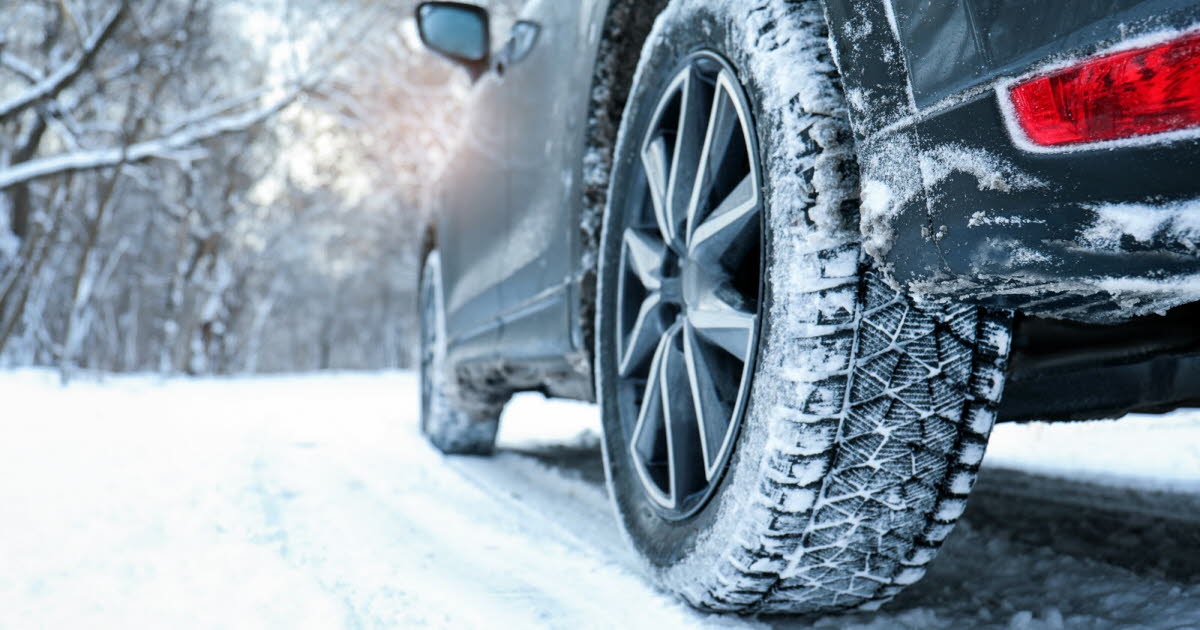Automobile. Mountain Law: What's changing on November 1st?

"Let us recall what the Mountain Law is. After an amendment to the Highway Code and the addition of an article to the Mountain Law in 2019, Decree No. 2020-1264 of October 16, 2020 and published on November 18, 2020 initially aimed to make the possession of winter equipment for certain vehicles during the winter period in municipalities affected by the Mountain Law II in 48 departments. Since November 1, 2021, equipment obligations during the winter period, which runs from November 1 to March 31, concern almost all vehicles in circulation. This obligation applies only in the so-called "mountain" departments located in the massifs mentioned in Article 5 of Law No. 85-30 of January 9, 1985 relating to the development and protection of the mountains, namely: Alps, Corsica, Massif Central, Jura Massif, Pyrenees and Vosges Massif.
What is 3PMSF marking?“M1&N1 vehicles (passenger cars, SUVs and vans) must be equipped with four winter tires or anti-skid devices (chains, etc.) to equip at least the two drive wheels. Since November 1, 2024, the legislator has defined winter tires as those marked 3PMSF. Most winter tires and all-season or four-season tires benefit from this marking. The 3PMSF (3 Peaks Mountain Snow Flake) marking, illustrated by a three-peaked mountain containing a snowflake, indicates that the tires have been approved by a standardized test to guarantee the right level of performance in winter conditions, and regulated (Regulation No. 661/2009 of the European Union). 3PMSF is therefore the official logo designating a tire approved to provide optimal safety in winter,” explains Mr. Le Dall, a lawyer specializing in automotive matters.
Are we at risk of a fine?"To date, no legislation specifies penalties applicable in the event of equipment failure in the affected areas. A second decree on penalties is still under review, but it has not been promulgated," explains Dominique Stempfel, president of the Tire Union. But beware, things can change quickly after several years of tolerance. "There are also other consequences, which can be much more serious than a fine," explains Jean-Baptiste Le Dall.
What if there is an accident?"Insurance companies have already taken a position to announce that they will not cover damages incurred in the absence of mandatory equipment. In practice, it's a fairly complex situation. You would need to be certain that it was the lack of winter tires that caused the accident. The situation is certainly different if there is a little snow on a road or if you climb to your resort in 50 cm of snow with signs everywhere indicating that chains are mandatory," explains Mr. Le Dall.
The Mountain Law finally seems to be understood..."The 2025 study confirms that the Mountain Law is now well known and understood by the majority of motorists. The equipment rate is steadily increasing, since half of new tire purchases are made on tires that comply with the Mountain Law. Competition and the diversification of the offer have allowed retailers to offer all-season tires marked 3PMSF at average prices now comparable to those of summer tires. There is therefore no longer any real objective reason for not equipping oneself. However, we can regret the bad signal sent by the lack of sanctions: some motorists continue to drive in winter with unsuitable equipment, endangering their own safety, that of other users and risking disrupting traffic. Being well equipped in winter is above all adopting responsible and civic behavior," explains the Tire Union.
Le Journal de Saône-et-Loire



